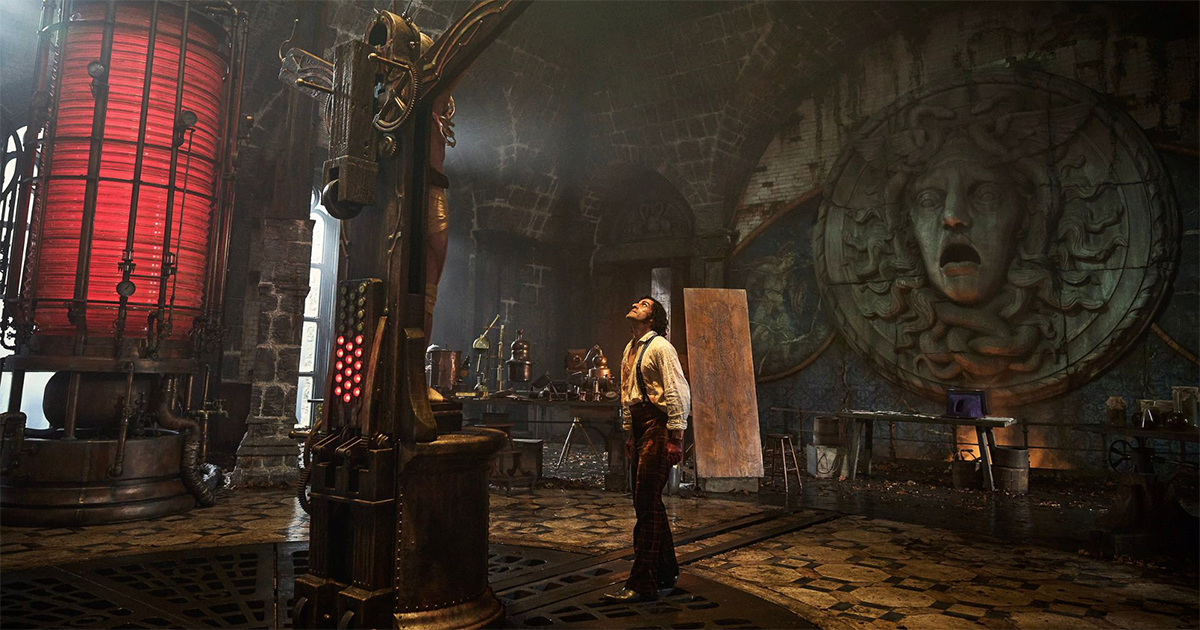The stranger who met them on the road began to expound the meaning of the Old Testament texts that were so important to them. From Moses to all the prophets, the stranger reinterpreted the Old Testament in light of the events that had unfolded. The travellers listened intently but didn’t quite grasp all that the man was saying. It wasn’t until they had sat down for their evening meal that their eyes were opened. Only when they saw the crucified and resurrected Jesus for who he truly is could they see more clearly the meaning of the Old Testament texts he had expounded (see Luke 24:13-35).
This story illustrates how the first Christians and, later, the New Testament writers approached the Old Testament. They read the Old Testament as their story and the events of Jesus’ life as a continuation of that same biblical story. Recent events, however, with Jesus crucified and now resurrected, simply did not fit with their understanding of the Old Testament story. It was this gap between the events of the past week and the way they had always interpreted the Old Testament and the hopes it expressed that created their confusion. How could they make sense of Jesus’ death and reported Resurrection as part of this larger biblical story?
This Changes Everything
As Luke tells us, the sudden revelation of Jesus at the dinner table changed everything. Now these followers of Jesus could see new connections between the Old Testament and his life, death and Resurrection that no one had seen before. The result was not a new story; it was a reinterpretation of the Old Testament story through a new lens. Now they interpreted the Old Testament through what they had seen, heard and experienced in the life, death and Resurrection of Jesus. This new lens brought into focus everything they read in the Old Testament.
From this point on, they approached the Old Testament in new ways, looking for connections with the life of Jesus. The earliest Christians—as we do today—read the Old Testament backwards, interpreting it in the light of their experience of Jesus. For them, his was not a new story; it was the next chapter of the continuing story of God’s efforts to save the world. They read back into the Old Testament meanings that had previously remained hidden, finding connections between Old Testament texts and Jesus that no one had imagined just months earlier.
But most of these connections were not evident to everyone. They required a measure of faith, a sharing in the experience of Jesus’ Resurrection presence and power. They required guidance from those who had known and lived with Jesus. They required the inspiration of the Holy Spirit to see things not evident to everyone else. Only then could their eyes be opened.
Reinterpreting Messiahship
This story from Luke provides a perspective from which to answer a question that I am asked sometimes: Did the New Testament writers shape their accounts of the life of Jesus to fit with the Old Testament? Because of stories such as that told by Luke, my response goes something like this: It seems clear to me that the early Christian community came to understand Jesus through the filter they inherited from their Jewish background and from the Hebrew Scriptures (the Old Testament). As a result, they interpreted Jesus as the Messiah, the one who would bring the kingdom of God. That was the category into which he could fit.
Jesus’s life continued the story they imbibed from their Jewish heritage. But this required significant reinterpretation of the Old Testament because, as it was read commonly at the time, the Old Testament did not envision a crucified Messiah. The usual interpretation was that the Messiah would rid Israel of its foreign rulers and re-establish a vibrant, powerful Davidic kingdom as a product of God’s rule. Thus, while the first followers of Jesus came to recognize Jesus as the Christ, the Son of the living God, the Crucifixion of Jesus forced them to reinterpret what his messiahship meant and how it was to be implemented.
A Messianic Mission
This need to reread the Old Testament in light of Jesus’ suffering, death and Resurrection is clear in the Gospel of Mark. The second half of Mark reinterprets what it means to confess Jesus as “Messiah” in the light of his execution by the Roman authorities. Rather than being established with power and force, Jesus’ messianic mission was to be manifest in weakness, suffering and service. But according to Mark, the shape of Jesus’ messiahship is not simply a matter of historical record; it is also a matter of discipleship. That is, while the disciples thought that following Jesus would give them places of authority in the kingdom of God (see Mark 9:33-34; 10:35-37), Jesus had to teach them that it rather would lead them to serve others, to suffer—and even to die—in service to others. Contrary to their expectations, the message that Jesus is the Messiah is not about power, but about service; it’s not about glory, but about suffering. The disciples had trouble with this. That’s why Peter objected when Jesus first spoke of his approaching suffering and death; it didn’t fit within Peter’s understanding of his great confession that Jesus is the Christ (see Mark 8:32).
Mark makes it clear that unless one interprets Jesus’ messiahship through his Crucifixion, one will completely misunderstand the mission of Jesus as the Christ. We see this misunderstanding at work in Jesus’ disciples throughout Mark. But we also see the confirmation of Jesus’ suffering messiahship in the fact that in Mark’s Gospel, the only human character who correctly can proclaim Jesus as the Son of God is the Roman centurion who sees him crucified (see Mark 15:39).
This critical observation forced the earliest Christians to reread their Old Testament in a new way. They saw in the songs about the suffering servant in the Book of Isaiah not the figure of Israel as a suffering servant, but rather Jesus as a suffering Messiah. This was new; it was a dramatic reinterpretation of an old prophetic text. It was possible only because of the cross; without the Crucifixion of Jesus, such an interpretation would have been inconceivable. Just as the eyes of the travellers on the Emmaus road were opened only when they saw the crucified and resurrected Jesus, so too, the New Testament writers came to an understanding of Jesus as Messiah only by seeing him crucified and resurrected.
Finding Our Place
So, my bottom line is that I do think the New Testament writers shaped their interpretation of Jesus in light of the Old Testament—and perhaps even to “fit” the Old Testament. Matthew was a master of this with his frequent references to the Old Testament prophets when interpreting the significance of events in the life of Jesus. But they also interpreted the Old Testament itself bearing in mind what they had come to know to be true about Jesus. I don’t find this at all troubling, because that is exactly how we all interpret the Bible. We read the Bible through the lens of our own experiences and our own context. That’s the nature of Scripture. Yes, it speaks the Word of God to us; but we also receive that Word as the Holy Spirit reveals and inspires us in our time, and as we find our place in this one, grand story of God’s redemptive love for the world.
Dr. Donald E. Burke is the interim president of Booth University College in Winnipeg.
Photo: Pearl/Lightstock.com
This story is from:










God bless all who have commented. Thank you!